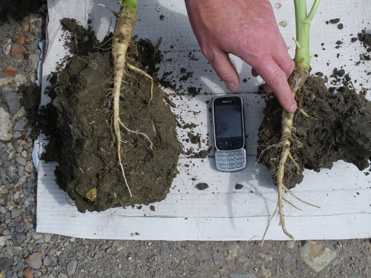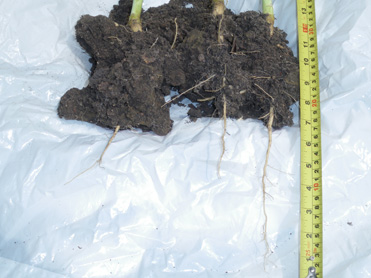Rape Crop Diary 2011
16 February 2011 - Rape Comparisons Coming Out of Winter
Following one of the coldest winters on record plants quickly resumed growth as temperatures rose in February. The crop survived the winter exceptionally well with no plant loss. Here TAG agronomist John Youles inspects the crop to assess rooting and general crop condition. The white canes denote areas sown at differing seed rates as part of ongoing establishment trials. In all cases the Multi Tooth Tiller roll combination has given excellent establishment. Propyzamide herbicide was applied in late January for Blackgrass control in tank mix with Flusilazole fungicide targeted at Phoma.
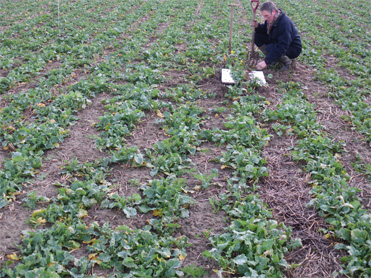
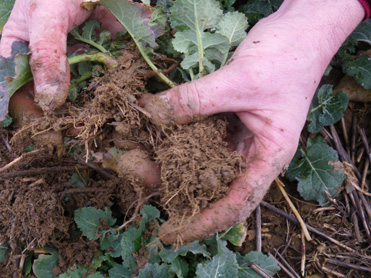
The action of the Tiller roll fills the subsoil leg slots at seeding, resulting in a well structured soil as evident in this picture of plants and soil taken from the area of the subsoil leg. Even in February the soil was friable with a blocky structure offering no impediment to downward growth of roots and water drainage. John demonstrates the openness of the soil structure and developing tap roots. Strong, straight tap roots are evidenced in the picture with a tape rule included for scale.
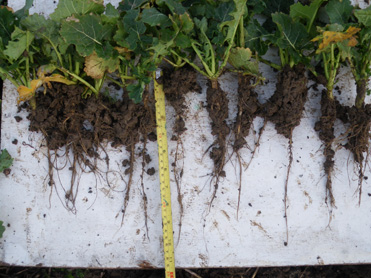
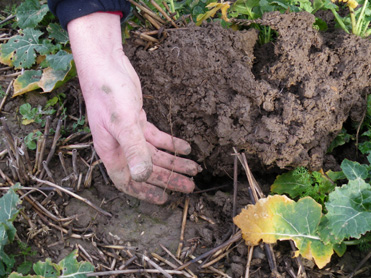
John assesses crop condition in a neighbouring farmers adjacent field. This crop was established using a different type of subsoiler cultivator. Plant establishment is more variable with some individual plants establishing behind the subsoil legs but a proportion in the uncultivated soil. It was noticeable that growth was less even and roots were more variable with less well defined tap roots. There was evidence of some fanging about 6 cm below the soil surface and plants showed red discolouration of leaves. The roots were more variable.
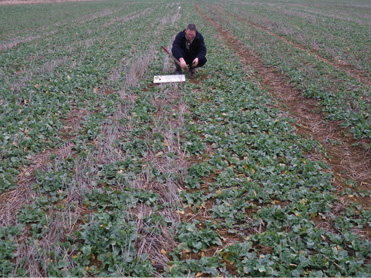
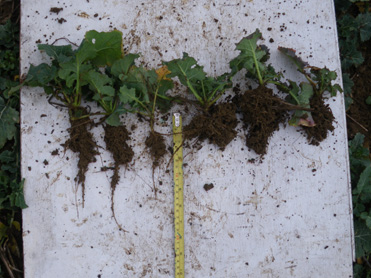
15 April 2011 - Spring arrives (early flowering)
After the coldest winter on record, March and early April set new records due to lack of rain. The crop received a total of 200 kg/ha Nitrogen and 60 kg/ha Sulphur applied as a splits on March 4 and April 6. Galera herbicide was applied in Mid March to control sowthistles, mayweeds and cleavers. Pollen Beetle numbers increased rapidly in early April and a pyrethroid insecticide was applied during the first days of April at the green bud stage. Here TAG agronomist John Youles inspects the crop at first flower stage as he proceeds to recommend an application of Tebuconazole fungicide and growth regulator. It was noticeable the crop flowered evenly across the field and within the individual rows.
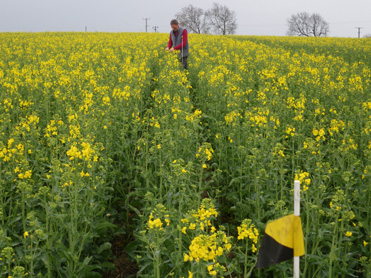

John continued his theme of assessing plant rooting digging plants in the various population areas. Here he demonstrates individual plants from the 60 plants metre area. Note the strong, straight tap roots. This is further evidence of the benefits provided by the Tiller roll filling in the subsoil slot ensuring seed to soil contact at the critical initial establishment phase, enabling the crop to produce normal growth and continue to thrive in this drought year.
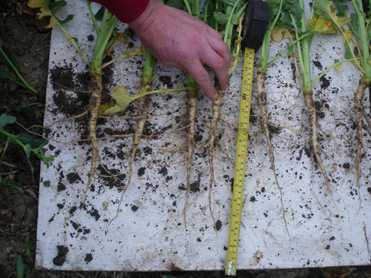
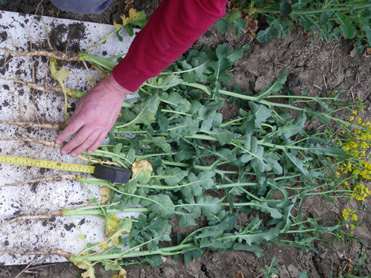
1st May 2011 - Full flower
By the first week of May the crop had advanced to full flower with excellent pod set evident on the main raceme. The pictures show how evenly the crop has developed. An application of Prothioconazole (Proline) fungicide was applied towards the end of April targeted at Sclerotinia and to preserve green leaf area. After crop assessment failed to show threshold for seed weevil the farms agronomist decided to not include any further insecticides.
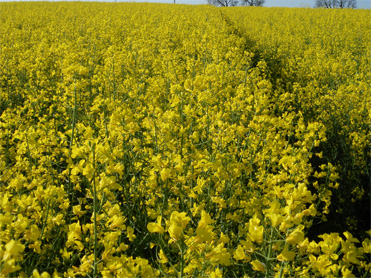
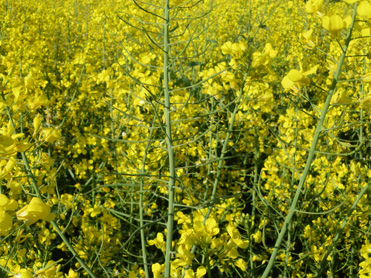
27 May - Early Pod Fill
Drought has continued throughout the Eastern Counties through to end of May and of course into June, but these pictures show the crop still thriving.
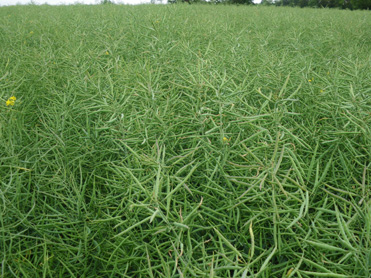
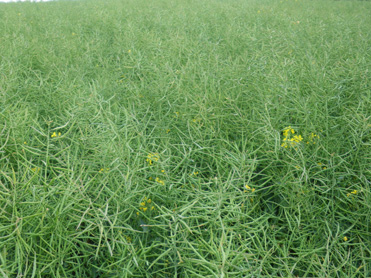
5th June - Excellent Pod Fill
Into early June and John Youles inspects the crop and its root structure. The drought continues with only a few millimetres of rain since the March 1st. Despite the lack of rain, pod fill continues as normal.
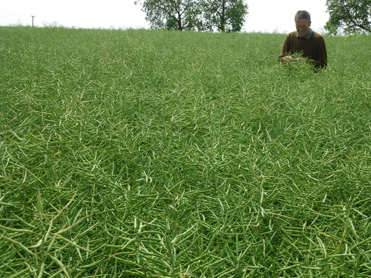
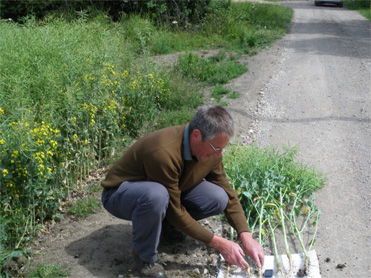
The first 150 mm contained minimal moisture. The root structure again confirmed that the action of the Tiller roll had provided the ideal soil environment for strong, deep tap roots to develop able to access vital moisture and nutrients from depth.
